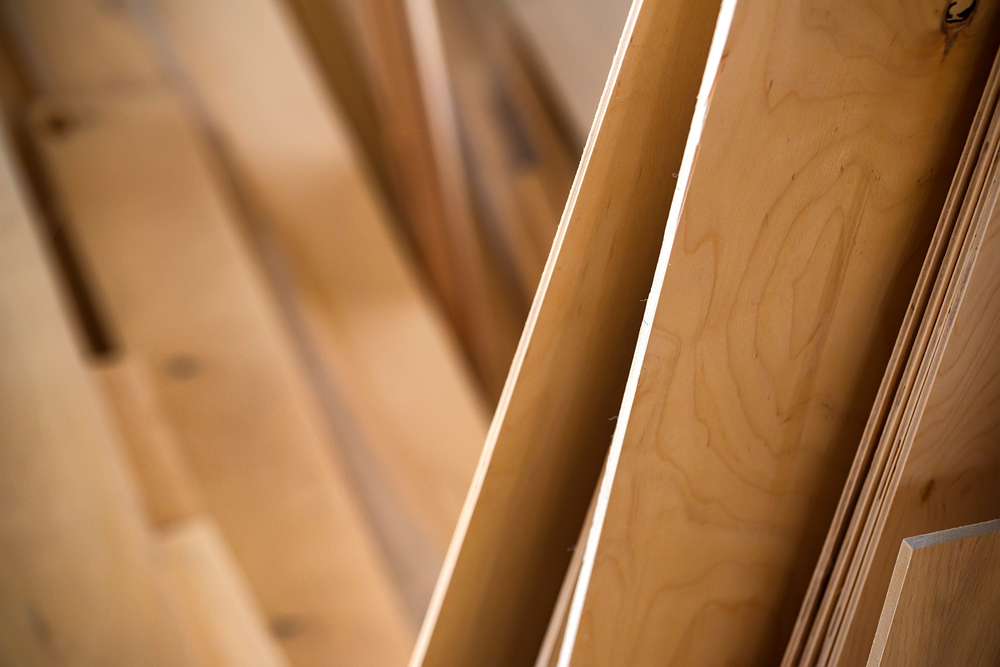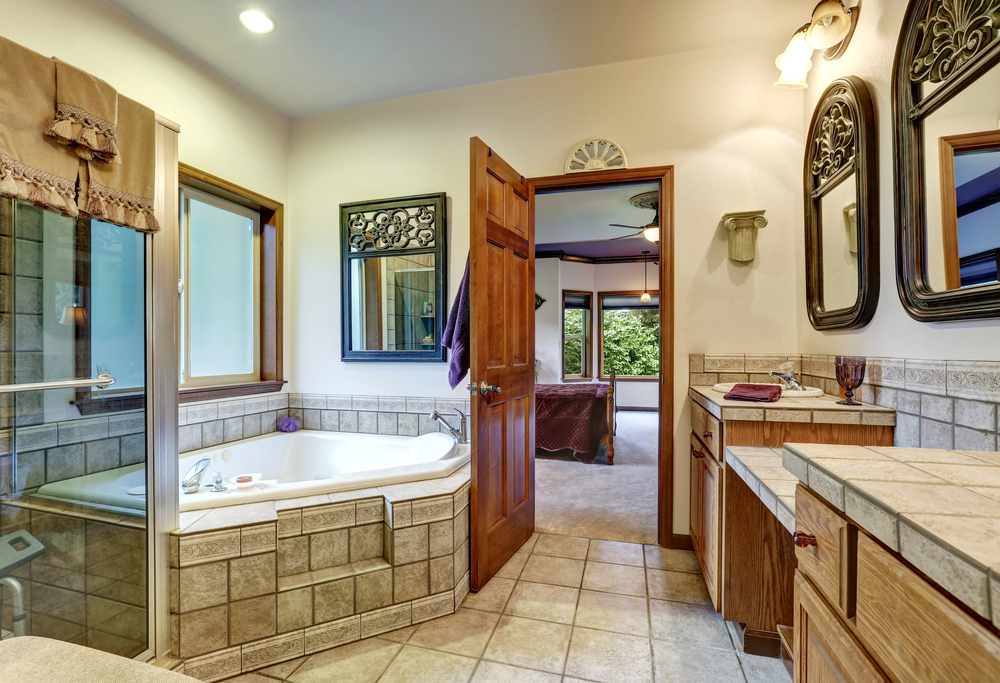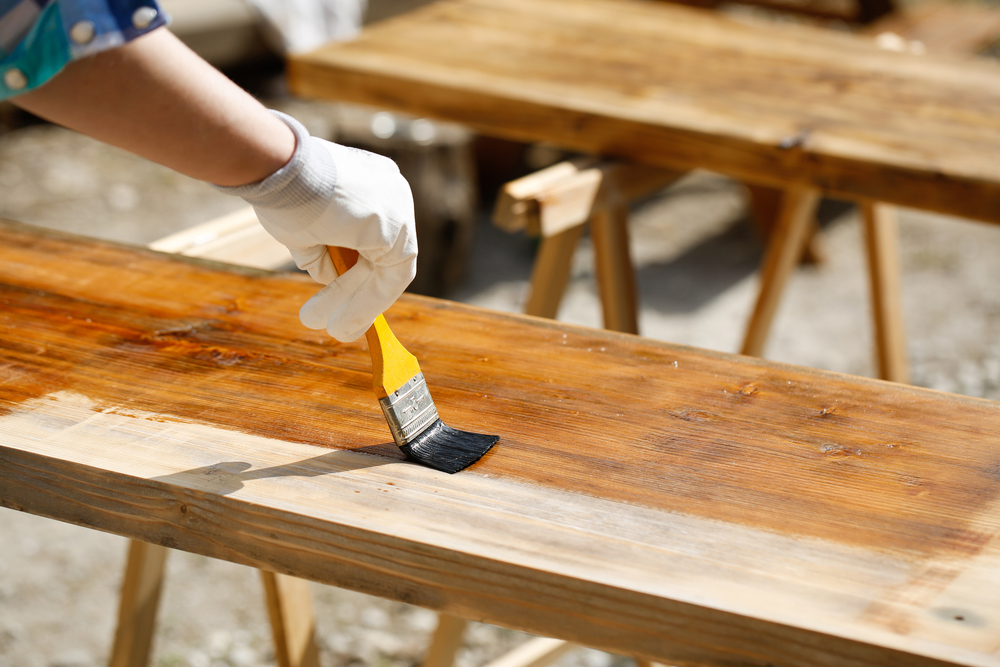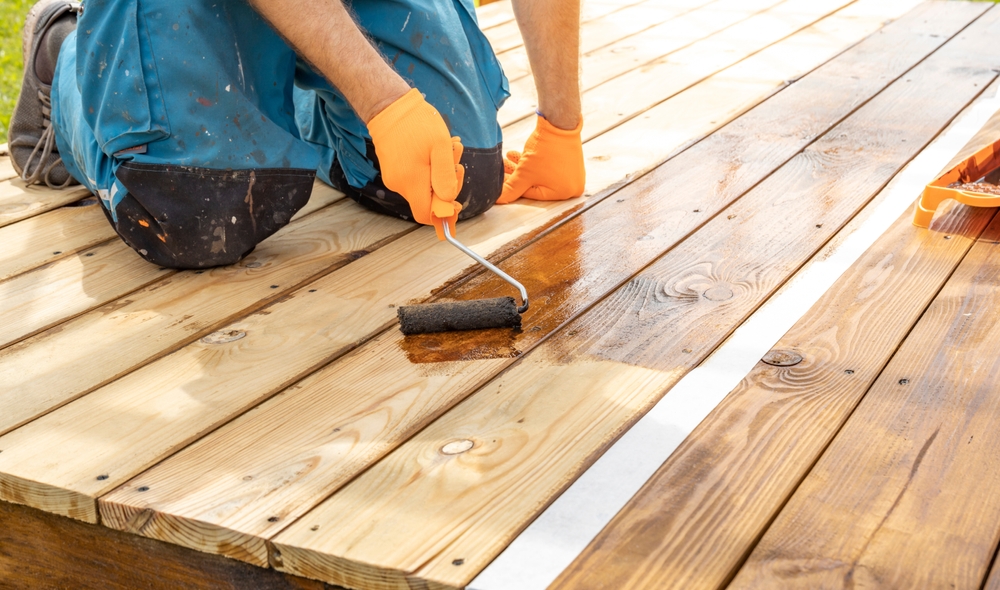Traditional Roofs: An In-depth Look
Roofs are a critical component of any structure, providing both protection from the elements and aesthetic value. In various cultures, traditional roofing practices have evolved, blending practical needs with available materials. Here we explore different types of traditional roofs, materials used, and techniques employed in their construction.
Thatch Roofs
Thatching is one of the oldest roofing methods. It uses dry vegetation such as straw, water reed, or rushes. These materials are tightly bundled and layered to create a waterproof barrier.
- Materials: Common thatching materials include straw, reed, heather, and sometimes palm leaves.
- Techniques: Thatchers use specialized tools to layer and compress the materials, ensuring no gaps are left. Each layer overlaps the lower one, functioning similarly to shingles.
- Regions: Thatch roofs are particularly prevalent in rural England, parts of Africa, and Asia.
Thatch roofs offer excellent insulation and can last up to 50 years with proper maintenance. However, they require skilled craftsmanship, which can make repair or initial installation costly.
Slate Roofs
Slate has been used for roofing for centuries due to its durability and natural beauty. It involves splitting slate rock into thin, flat pieces that can be layered over rooftops.
- Materials: Natural slate, no synthetic materials involved.
- Techniques: Slaters nail individual pieces into wooden pegs or battens. A double-lapped method often ensures waterproofing.
- Regions: Slate roofs are commonly found in Europe, particularly in Wales and Spain.
With a lifespan of over 100 years, slate roofs are incredibly durable. They are fire-resistant and have a low environmental impact due to their natural composition.
Wooden Shingle Roofs
Wooden shingles are often made from cedar, redwood, or other rot-resistant woods. These shingles are split or sawn from logs and then laid in overlapping rows.
- Materials: Cedar, redwood, pine, and other durable woods.
- Techniques: Shingles are staggered and layered to prevent water penetration. Each shingle is nailed into a wooden frame.
- Regions: North America and parts of Europe.
Wooden shingles offer a rustic appearance and blend well with natural surroundings. They provide decent insulation but require regular treatment to prevent decay and pests.
Terracotta Tile Roofs
Terracotta, or baked clay, has been a favoured roofing material in Mediterranean climates for centuries. These tiles are shaped and fired at high temperatures, becoming hard and water-resistant.
- Materials: Clay, sometimes mixed with other natural materials to enhance durability.
- Techniques: Tiles are laid in interlocking patterns, often curved to better channel water.
- Regions: The Mediterranean, parts of Asia, and Latin America.
Terracotta tile roofs are known for their longevity, sometimes lasting over a century. They are fire-resistant and provide excellent thermal performance, keeping homes cool in hot climates.
Green Roofs
Although modern in practice, green roofs are rooted in ancient traditions. Sod houses and turf roofs in Scandinavian countries are early examples of green roofing systems.
- Materials: Soil, native plants or grasses, waterproof membrane.
- Techniques: Layers include a waterproof barrier, a drainage system, and soil. Plants are chosen based on climate and growth requirements.
- Regions: Scandinavia, Iceland, modern urban centers across the globe.
Green roofs offer numerous benefits, including improved insulation, stormwater management, and biodiversity. They require careful planning and maintenance but can significantly enhance the environmental credentials of a structure.
Bamboo Roofs
Bamboo is a traditional roofing material in tropical regions, valued for its strength, flexibility, and sustainability. Bamboo poles are used in various ways to create durable and aesthetically pleasing roofs.
- Materials: Bamboo poles, thatch, sometimes combined with mud or clay for additional insulation.
- Techniques: Poles are tied together, often using organic fibers. Thatched bamboo roofs follow similar methods to thatch roofs.
- Regions: South and Southeast Asia, some parts of South America.
Bamboo roofs are lightweight and affordable. They offer decent insulation and are relatively easy to construct, making them suitable for rural and economically constrained areas.
Zinc Roofs
Zinc has a long history as a roofing material, appreciated for its durability, adaptability, and minimal maintenance needs. Zinc roofs are common in both historical and modern architecture.
- Materials: Pure zinc or zinc alloys.
- Techniques: Panels or sheets of zinc are welded or fastened onto a frame. They often cover a wooden substrate.
- Regions: Europe, particularly in France and Germany.
Zinc roofs can last up to 100 years and develop a patina that enhances their resistance to corrosion. They are also relatively light and can be molded into various shapes, offering both practicality and aesthetic flexibility.
Stone Roofs
Stone roofs, although less common today, were widely used in areas with abundant natural stone. These roofs are incredibly durable and provide excellent thermal mass.
- Materials: Slate, limestone, sandstone, and other flat stones.
- Techniques: Stones are laid in overlapping patterns, sometimes supported by a wooden framework.
- Regions: Regions of the UK, France, and the eastern United States.
Stone roofs are heavy, requiring strong structural support. However, their longevity and thermal properties make them a valuable choice in the right conditions.
Conclusion
Traditional roofing techniques and materials are an essential part of architectural heritage. Each has its unique advantages and applications, shaped by local resources and climate. Understanding these traditional roofs offers valuable insights into sustainable and resilient design practices.






